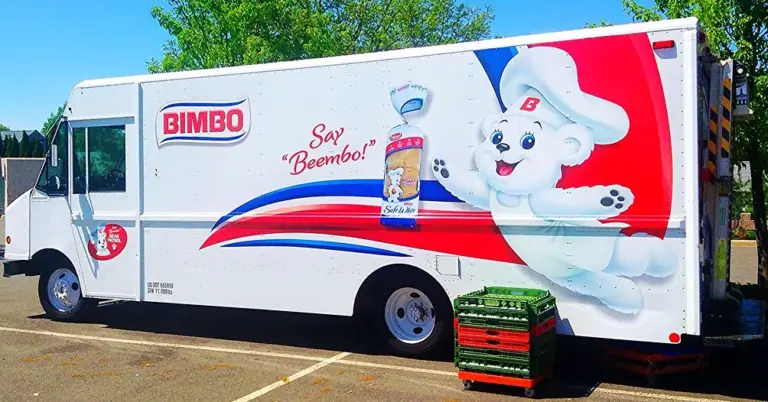Yesterday the world’s largest and most successful bakery, Mexico-based Bimbo, announce first quarter sales for 2021 reaching almost 4 billion dollars marking Bimbo’s best first quarter in history in terms of sales, profits and margins following 2020’s remarkable year. Obviously during a pandemic folks simply can’t get enough of baked goods and snacks.
When I first arrived in San Miguel de Allende a decade ago and volunteer taught English I was surprised at the popularity of a product called Bimbo. As I explained to my students, in English, bimbo was slang for a sexy and unintelligent woman.

They immediately queried what was the male equivalent to which I replied “Himbo”.
They laughed marking the first time I ever did a word-play joke in a second language class as you have to be a bit advanced to get the humor. They were and they did.
All joking aside, why did anyone name a company after the butt of way too many dumb blonde jokes?

Started in 1945 Bimbo was coined for the combination of the church game, Bingo, with the then popular Disney movie, Bambi. Bimbo narrowly beat out the runner-up name, Pan Azteca, which ended up being fortunate. With international expansion the name worked in the company’s favor as in Italy bimbo is slang for little boy, from the word bambino. In China the phoneme for bread is similar to the word Bimbo.
However, like the poorly monikered 1960s car, Nova (or ‘no go’ in Spanish), Bimbo didn’t travel well to the north as in the early 2000s the company bought up Sara Lee, Stoehmann, Hostess, Arnold and other bakeries. US consumers found the name, Bimbo, off-putting just like I did in Mexico when it became obvious to any consumer here the company controlled 95% of Mexico’s baked goods market.

Bimbo’s executive management didn’t want to change the name as by then it, and the adorable Bimbo bear, was known world over as the chain expanded across the globe. So instead they launched in the US an intensive advertising campaign for years stressing how Bimbo is pronounced “Beembo”. Oddly enough, it worked!
The Bimbo bear comes with his own delicious history. During the 1940s one founder of the company mailed another a Christmas card featuring a white bear. The recipient used the bear as the basis of the company logo. Little changed over the decades with the Bimbo bear representing softness, cleanliness, beauty and fun – all the things one wants in a baked good.
Today Bimbo brings all the baked goods Americans love, from Boboli to Entenmann’s, to the 16 billion dollar marketplace. I only wish I had bought stocks in the company a decade ago which is still listed on the Mexican stock exchange as, of course, BIMBO.
Today Bimbo has 134,000 employees, 196 bakery plants and over a hundred brands and thirteen thousand products.
In my thoroughly unscientific straw-poll I asked folks what their favorite Bimbo products were as both children and adults. I was surprised to learn how many still don’t buy Bimbo products since we have so many good bakeries right here in town.

Others adore the chocolate-covered snack cake filled with strawberry jam and cream launched in 1958 called Gansito. In second place are the black and white cupcakes called Pinguinos, or penguins or slang for nuns. What child doesn’t want to eat their teacher for lunch?
Now when visiting the United States the Bimbo/Beembo products line the grocery store shelves while Bimbo trucks line both the freeways and playpens as the Bimbo bear becomes as recognized as Ronald McDonald, Barbie and other icons.
By Joseph Toone
- TripAdvisor’s top tour guide with History and Culture Walking Tours and Joseph Toone Tours.
- Amazon’s best selling author of the San Miguel de Allende Secrets books.
- Author of the Maria Dolls coloring book helping indigenous doll makers.
- Creator of San Miguel de Allende Secrets YouTube channel with over 100 videos and 1,500 views monthly.

